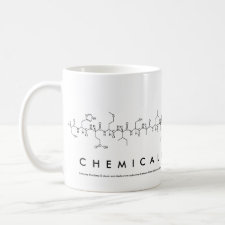
Authors: Sagawa T
Article Title: Efficient photoinduced electron transfer using TiO2 doped polymer.
Publication date: 2011
Journal: Kobunshi Ronbunshu
Volume: 68
Issue: (5)
Page numbers: 307-314.
DOI: 10.1295/koron.68.307
Alternative URL: http://www.jstage.jst.go.jp/article/koron/68/5/68_307/_article
Abstract: Nanoparticles of TiO2 were prepared by sol-gel method and fixed onto the surface of a quartz plate by the layer-by-layer method using poly (diallyldimethylammonium chloride) and potassium polyvinyl sulfate. This TiO2/polymer film was employed for dihydronicotinarnide adenine dinucleotide (NADH) production from NAD+ with lipoamide dehydrogenase and methyl viologen in Tris-HCl buffer on irradiation with UV light. The ultra thin film prevented the enzyme from deactivating. In order to enhance the reduction of viologen (V), cavities for molecular recognition of V were fabricated on the surface of TiO2 through a sol-gel imprinting method. The Ti02 had recognition site for the oxidized viologen (V2+) on its surface, which was distinguishable through shape or charge differences from the reduced viologen (V+·). This facilitated the inclusion of V2+ and resulted in an enhancement of the photo-induced reduction. Also, electrospun TiO2 nanofibers were prepared and applied for hydrogen evolution. After calcination at 450 °C for 3 h, a highly active sample was obtained because of relatively higher crystallinity, and larger surface area as compared with other nanofibers and commercially available nanoparticles. © 2011, The Society of Polymer Science, Japan
Template and target information: viologen, V
Author keywords: electrospinning, Hydrogen evolution, Layer-by-layer, methylviologen, molecular imprinting, NADH, nanofiber, Nanoparticle, Photocatalyst, TIO2



Join the Society for Molecular Imprinting

New items RSS feed
Sign-up for e-mail updates:
Choose between receiving an occasional newsletter or more frequent e-mail alerts.
Click here to go to the sign-up page.
Is your name elemental or peptidic? Enter your name and find out by clicking either of the buttons below!
Other products you may like:
 MIPdatabase
MIPdatabase









